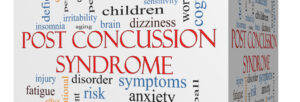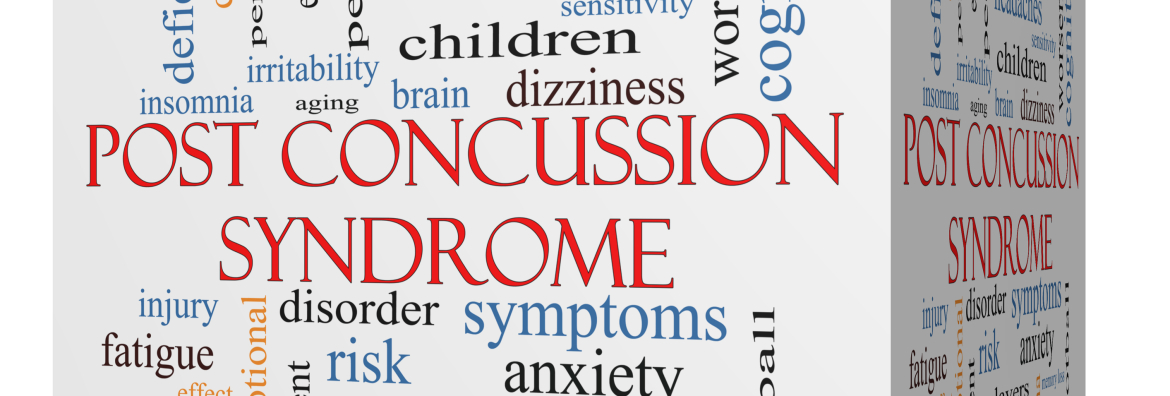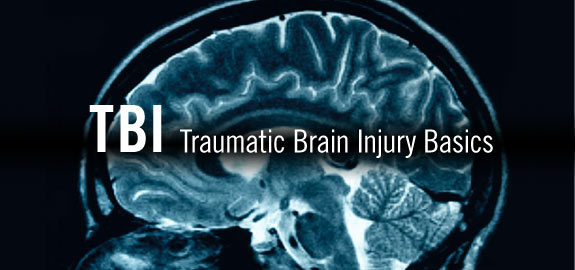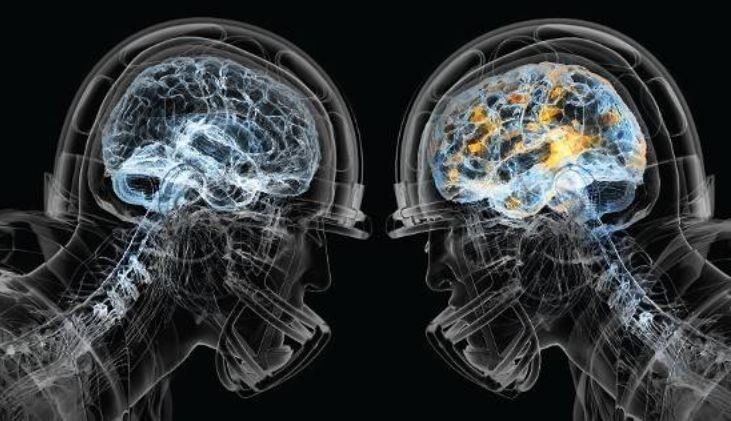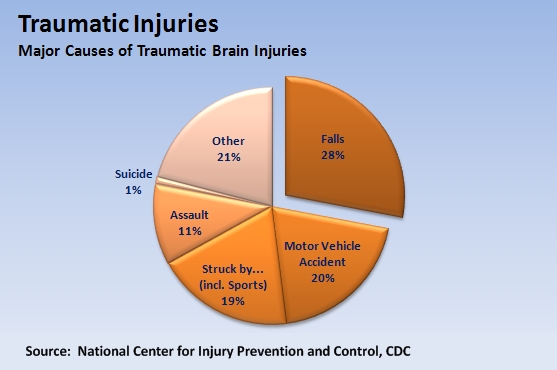

Let’s talk about cannabidiol (aka CBD) oil. There’s a huge fervor for this, which is understandable given the wave of states having legalized marijuana. CBD oil has become widely accessible. In fact, it’s legal in thirty states, and seventeen others have CBD-specific laws allowing for some use. Still, the rush needs to be tempered with a reality check! Let’s delve into uses and concerns about CBD oil.
How is CBD oil different from marijuana?
CBD oil is an extract from the marijuana (or hemp) plant. Significantly, CBD oil does not contain tetrahydrocannabinol (THC). Importantly, THC is the portion of marijuana that produces intoxication, so you don’t have to worry about being “high” with CBD oil.

How does CBD oil work?
CBD works by tapping into our brain’s endocannabinoid system. This system contains communication chemicals, millions of cannabinoid receptors with which the chemicals interact, and enzymes that synthesize and break them down. Our internal cannabinoids pass messages between the brain, nervous system and immune system. These messages help balance key body functions ranging from mood, sleep, appetite and memory. Additionally, they help coordinate the production of hormones, as well as our growth and development. Our endocannabinoid system is also involved in regulating inflammation, pain perception and immune responses. CBD (an “external” approximation of cannabinoid) interacts with some of your cannabinoid receptors but not others, which speaks to the limits of its effectiveness. CBC oil is taken as a liquid or tincture, a topical ointment or a vape/e-liquid.
For what does CBD oil work?
I am not going to dismiss the benefits (whether placebo or real) that individuals receive after taking CBD oil. However, I will emphasize the difference in what is known and what’s suspected.
- The only FDA-approved indication for CBD oil is for epilepsy (seizure disorders). Therefore, that means every other suggested use has insufficient medical research to have established a consensus and approval for use by the FDA.
- CBD oil has not been shown to be conclusively effective against anxiety, sleeplessness and inflammation (particularly of the joints). Unfortunately, the medical research does not yet support these claims.
If I choose to use it anyway, about what should I be concerned?
Your concerns should include the lack of quality control and potential side effects.
- Research has found that when tested, approximately seven of ten CBD products don’t control the amount of CBD cited on the label. Additionally, about 20% of products actually included THC (the portion of marijuana producing the intoxication). Simply put, the lack of FDA regulation means you have no assurances about what you’re actually taking.
- Side effects of note include an increase in your liver enzymes (which could reflect damage to the liver) and interactions with other drugs. CBD oil increases the blood level of other anti-seizure drugs. As a result, the potential side effects of these other drugs can become enhanced.

Summary
The sum total is if you take CBD, you shouldn’t be just grabbing it from over the counter. You should be under the care of a physician who is looking at the entirety of your health. You should be considering how and if adding CBD can enhance your health or is safe. As recently as 2017, the Centers for Disease Control and Prevention (CDC) reported fifty-two cases of illness tied to products that were falsely labeled as CBD. Above all, ask yourself: as a consumer, how do you know a product not approved or regulated by the FDA either is what it says it is, works or is safe? Let the buyer beware.
Feel free to ask your SMA expert consultant any questions you may have on this topic. Take the #72HoursChallenge, and join the community. As a thank you, we’re offering you a complimentary 30-day membership at www.72hourslife.com. Just use the code #NoChaser, and yes, it’s ok if you share!
Order your copy of Dr. Sterling’s books There are 72 Hours in a Day: Using Efficiency to Better Enjoy Every Part of Your Life and The 72 Hours in a Day Workbook: The Journey to The 72 Hours Life in 72 Days at Amazon or at www.jeffreysterlingbooks.com. Receive introductory pricing with orders!
Thanks for liking and following Straight, No Chaser! This public service provides a sample of http://www.SterlingMedicalAdvice.com (SMA) and 844-SMA-TALK. Please share our page with your friends on WordPress! Like us on Facebook @ SterlingMedicalAdvice.com! Follow us on Twitter at @asksterlingmd.
Copyright © 2018 · Sterling Initiatives, LLC · Powered by WordPress
The post Use and Effectiveness of CBD (Cannabidiol) Oil appeared first on Jeffrey Sterling, MD.



































